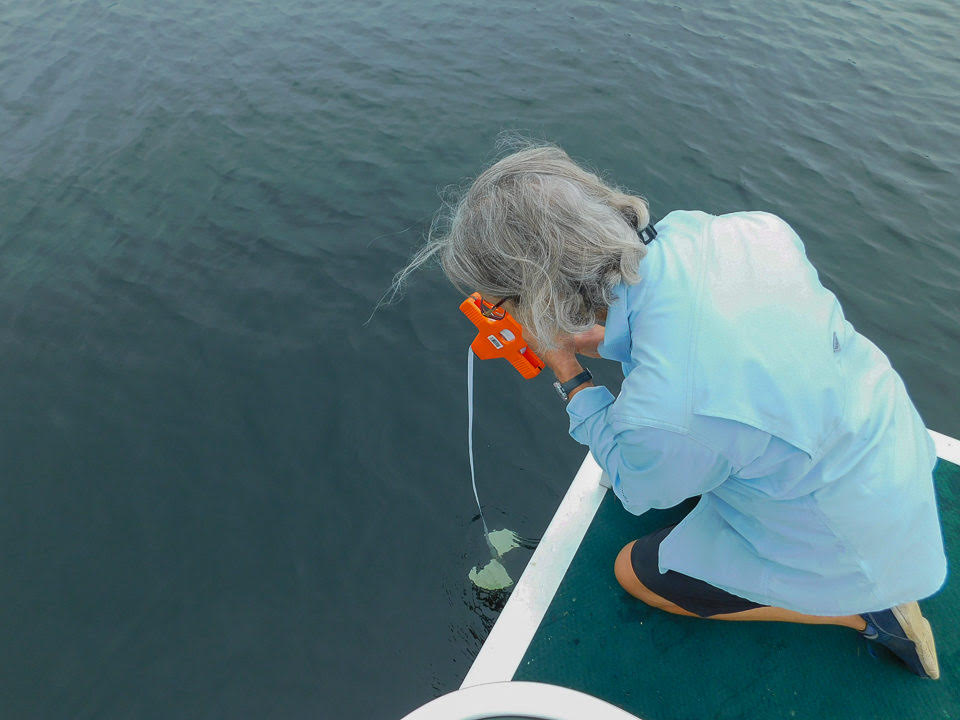WATERSHED SURVEY
We are pleased to announce that the Lovell Lake 2022 Watershed Report is nearly finalized, and a copy of the report is available as a PDF link below. Many thanks to our LLA volunteers, to landowners for their hospitality and encouragement and to AWWA for excellent guidance and production in putting this all together.
We all know that our lake is clear and clean for the most part, but the challenge before us is to keep it that way for future generations. The survey identified many sites throughout the watershed that threaten its present condition. Here is a quick summary of the findings:
– 37 sites were identified as having a high impact on water quality
– 88 sites were identified with medium impact
– 11 sites were identified with low impact
Of these 130+ sites, nearly 2/3 appear to require no cost or low-cost remediation efforts. The others are more involved, more technically challenging, and will have a greater estimated expense associated with them.
Letters have been sent to all participating members informing them if erosion issues were found on their property or not. If issues were found, members were provided with a summary of the findings and suggested remediation methods. Remediation actions, if any, are of course the choice of the property owner. Regarding the letters, to be frank, there is a bit of technical jargon in the findings so please feel free to reach out to the Lovell Lake Watershed Planning Committee folks at watershedsurvey@lovelllakenh.org for help in interpreting the findings.
Also, in case that you did not receive a letter from us please reach out and provide your name, the property owner’s name and the property address in your request.
We urge all property owners to read the report as it’s filled with useful information, helpful remediation options and best practices for all kinds of issues. We also want to stress the importance of addressing issues promptly should any be identified on your property and that there are resources available through AWWA and LLA to help with that. Thank you again to all those who assisted with this survey and thanks to everyone for helping to keep our lake as clean, clear and beautiful as we possibly can.
WATER QUALITY MONITORING
By Glenn and Stephanie Thornton
The Lovell Lake Association partners with the UNH Extension Lakes Lay Monitoring Program (LLMP) to sample the water quality of Lovell Lake twice a month, May through early October. UNH interns collect water samples from two areas of Lovell Lake. Lab tests are conducted by the interns to determine if the water quality is improving or deteriorating over time.
We provide the interns access to our pontoon boat and assist with the testing. Observers are always welcome. We can be contacted at 603-630-5470 (cell) or at waterquality@lovelllakeNH.org.
To view Lovell Lake water quality data from 1989 to 2021, visit the NH Lakes Lay Monitoring Program Reports website. To view the 2022 water quality data, click here.
Stephanie also collects water samples while out with the UNH interns to check for the types of cyanobacteria in Lovell Lake. Potentially toxic cyanobacteria blooms are becoming more common in New Hampshire Lakes. Blooms can occur on the lake surface or just above the sediment. If you suspect a bloom, please contact Stephanie at 603-630-5470 (cell). A text is preferred so you can include one or two pictures of the bloom (a close-up and entire bloom). Include the location of the bloom when calling or texting, so a water sample can be collected.



